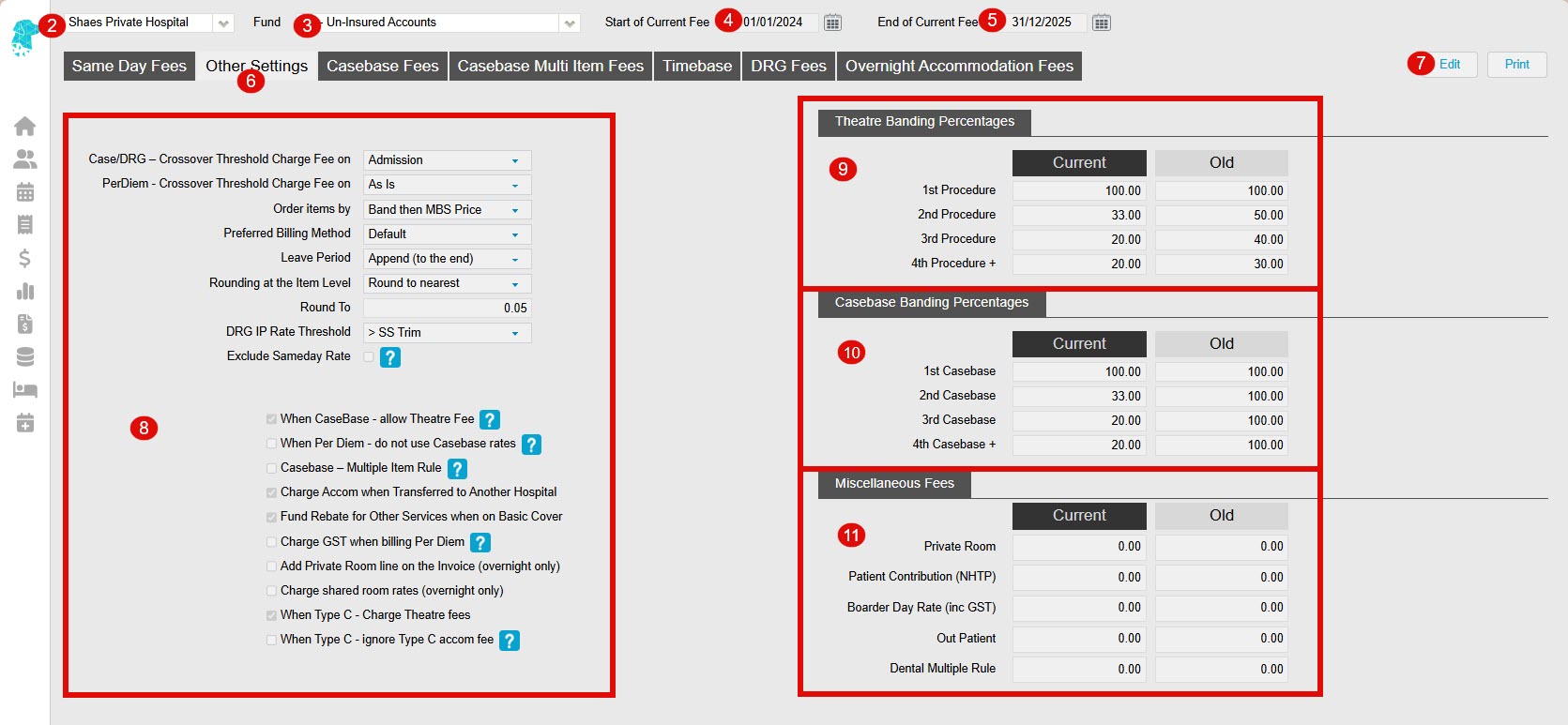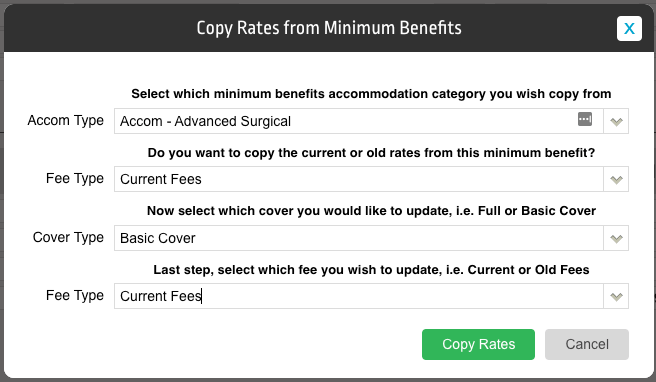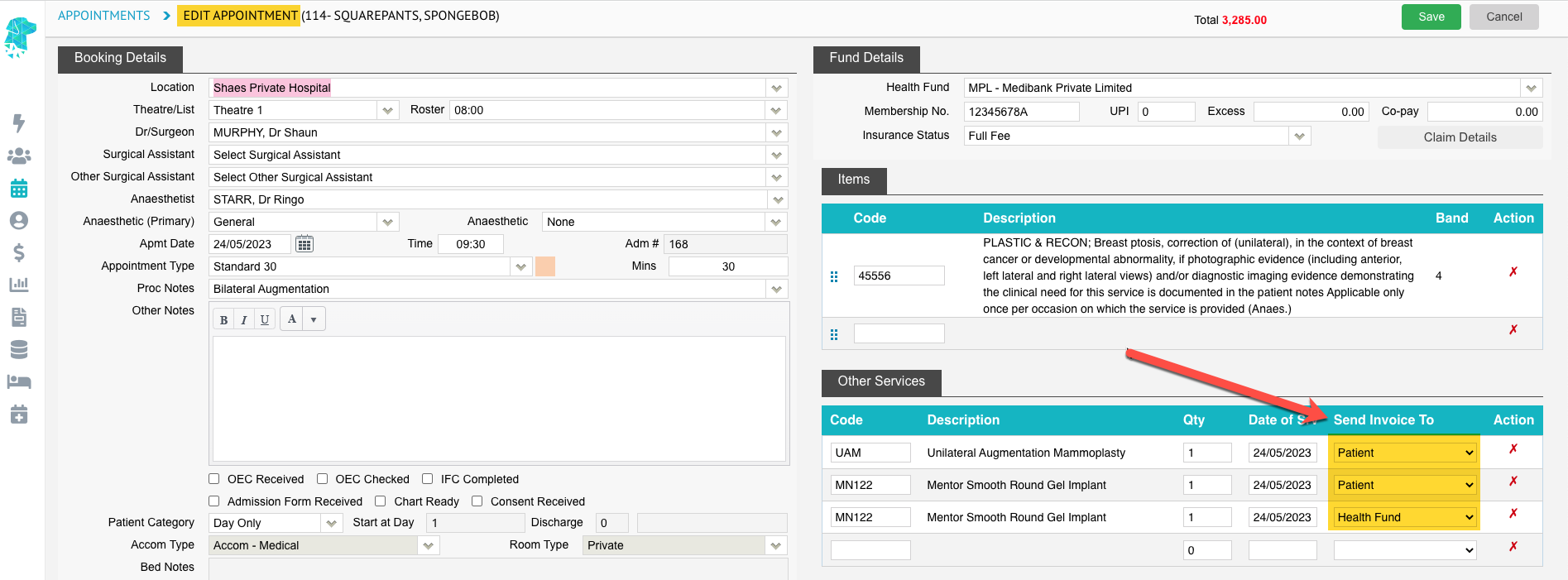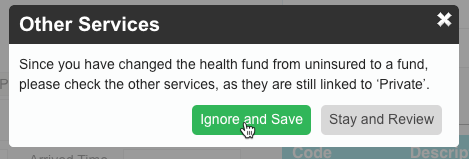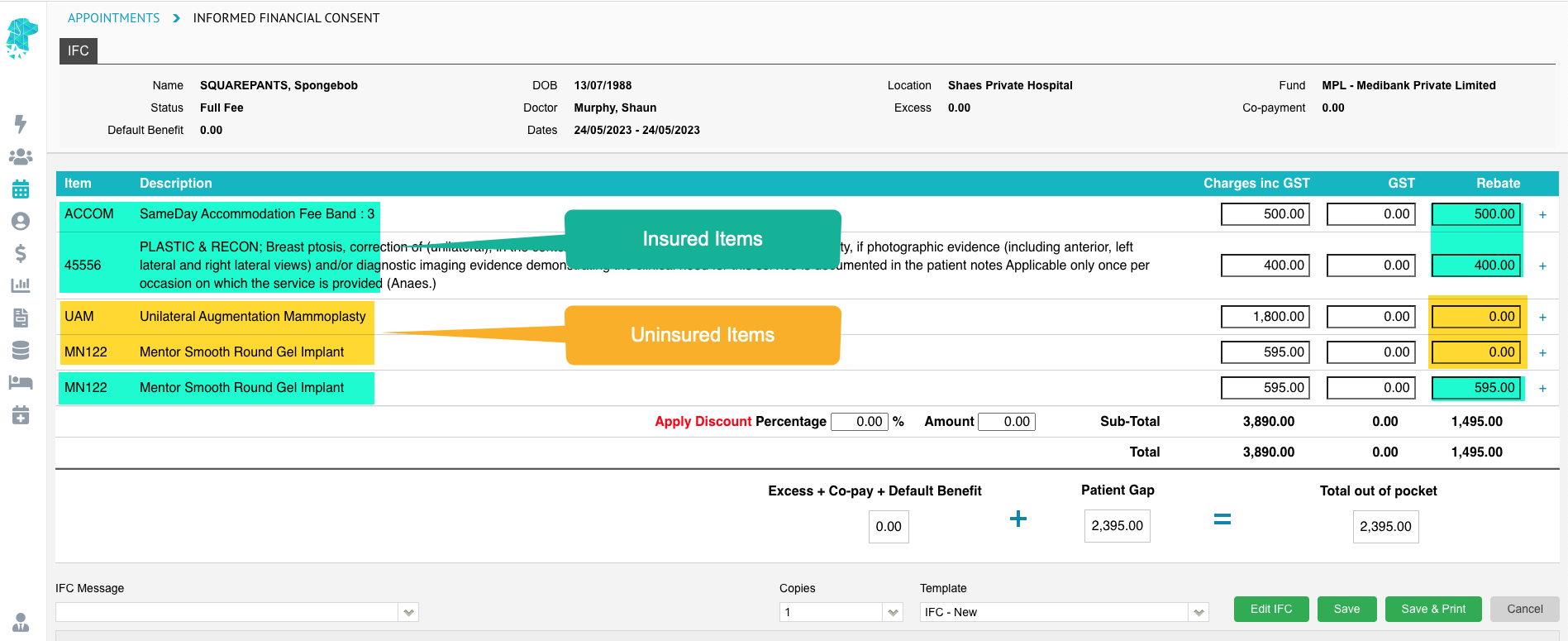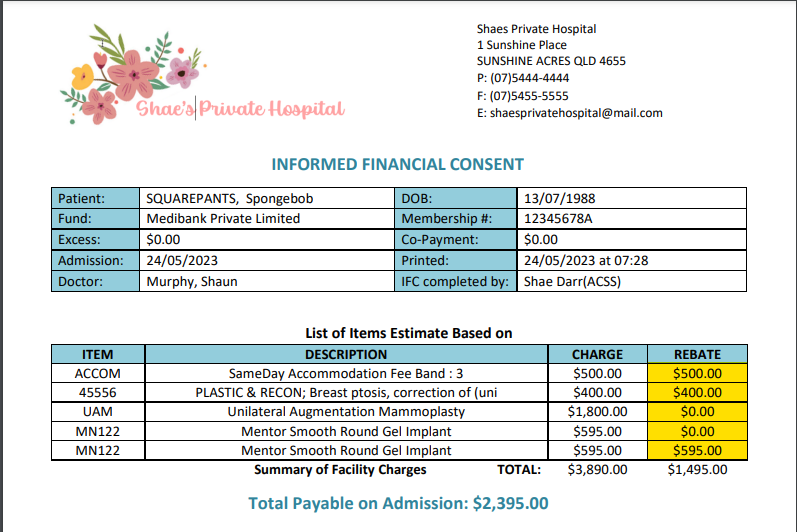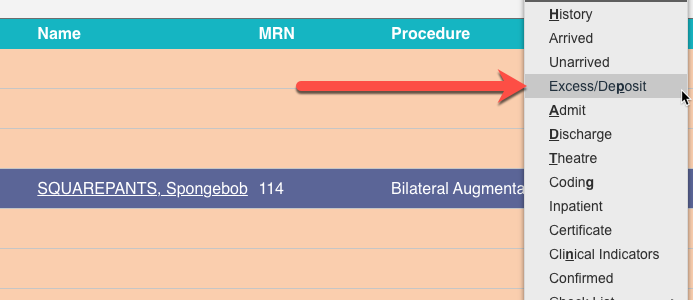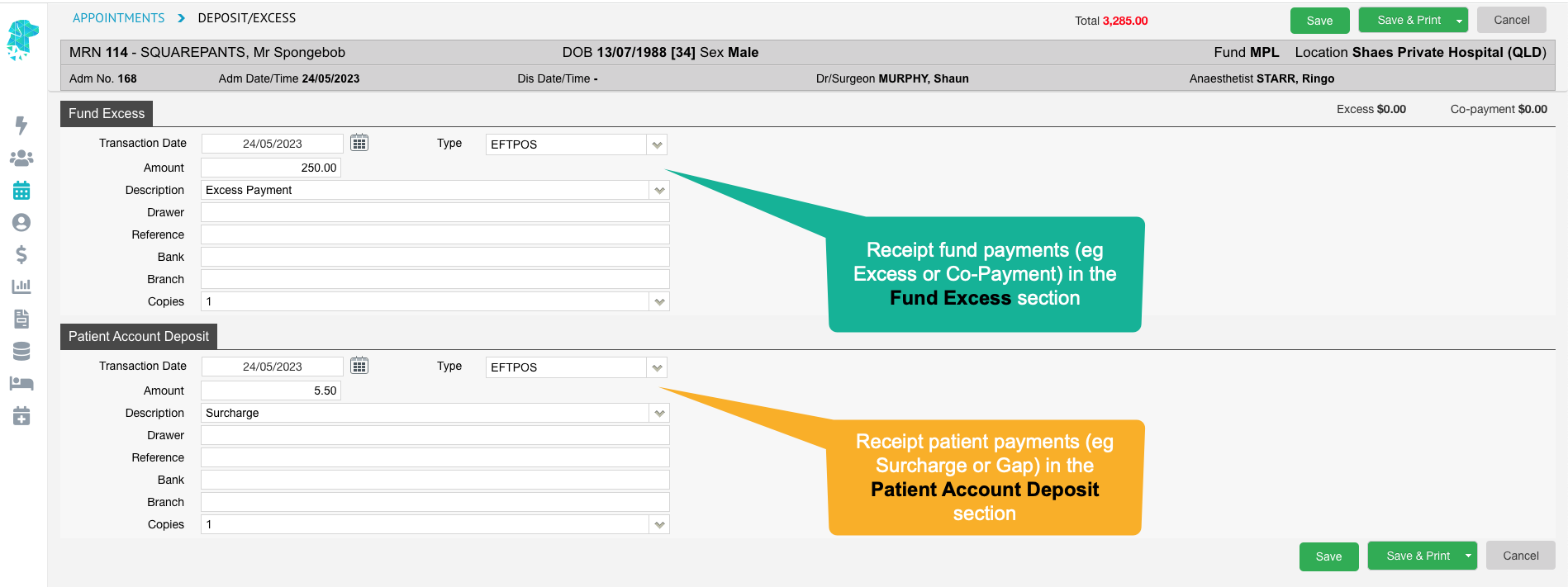Hospital Invoicing / Billing an Episode – Detailed
Once the episode is complete, an invoice can be raised to a health fund or patient. For an invoice to be raised, the episode needs to be Admitted & Discharged. Depending on the requirements that the facility has stipulated in System Configuration, the Theatre Complete tick box may need to be ticked in order to confirm the item numbers are correct for billing. And the episode may need to be Grouped in order for billing to be able to be done.
A simple invoicing & billing explanation can be found at:
Hospital Invoicing / Billing an Episode – Simple
- Navigate to the Appointments Screen
- Use the Search field to locate the required episode or
- Use the Calendar to select required date & Theatre Tabs to select required theatre
- Locate required episode & Right Click to reveal the menu
- Select Create Invoice
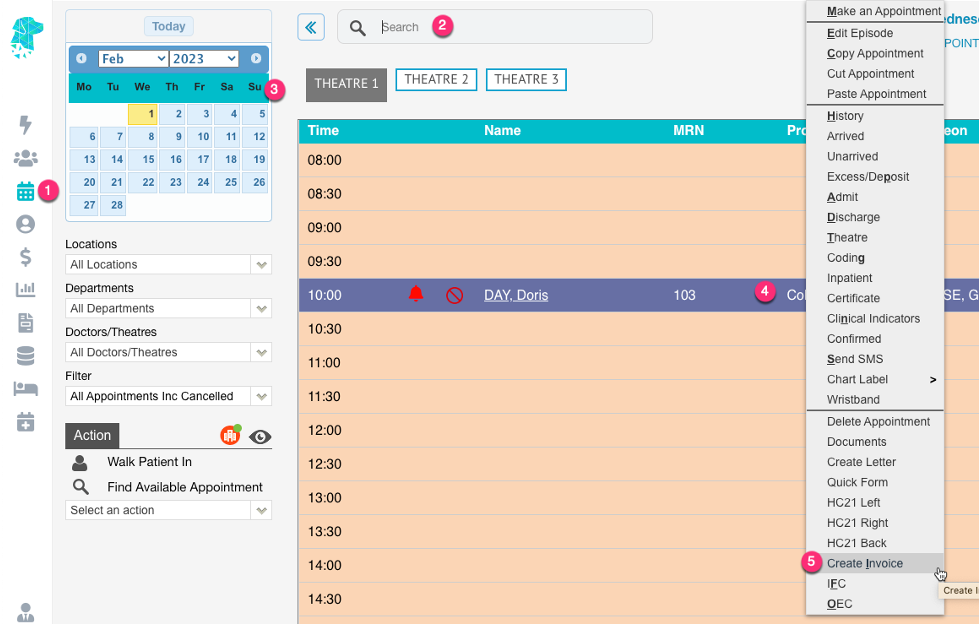
- The Create Invoice page will display with the following necessary information:
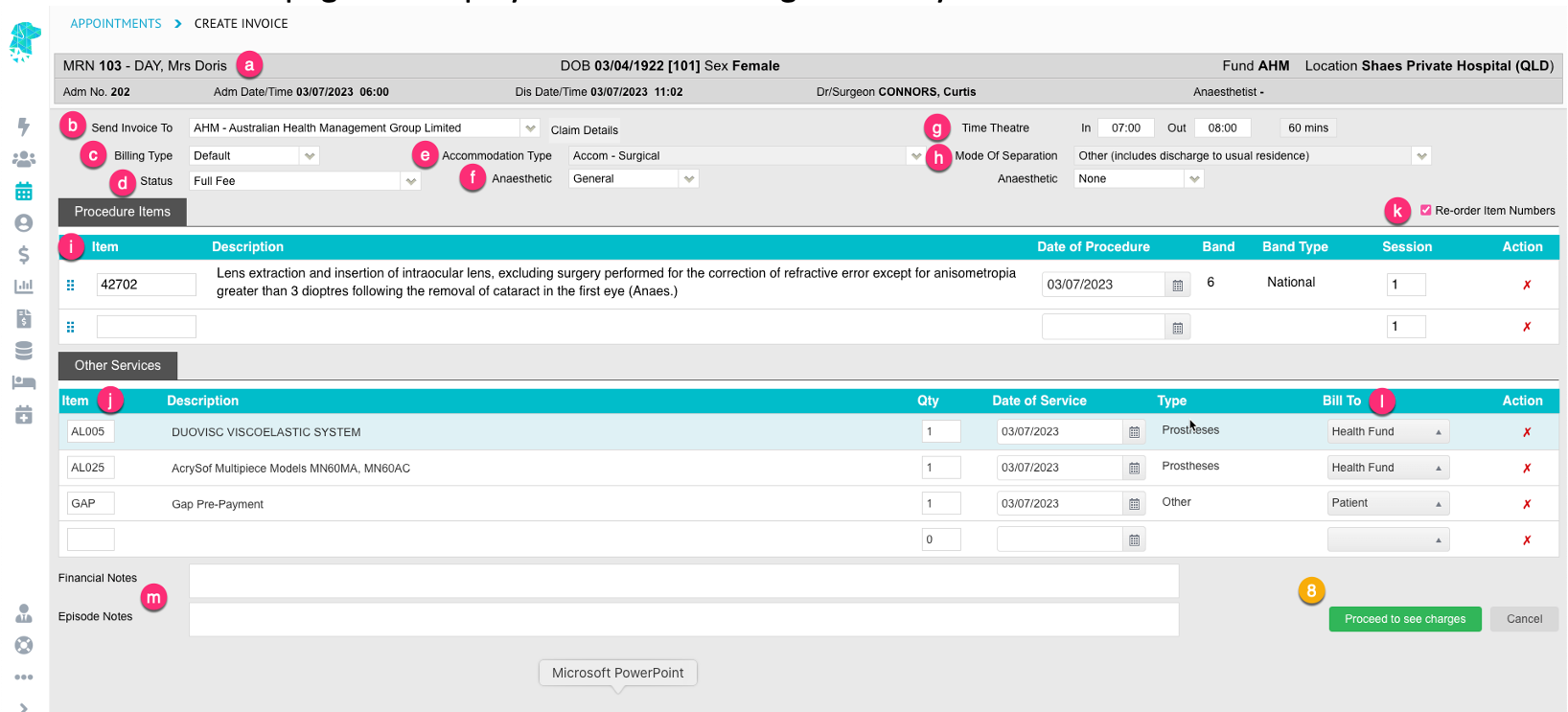
- All patient information specific to the episode
- The health fund being invoiced
- Billing Type can usually be left as default. This allows FYDO to review the fees entered for the health fund & bill accordingly by Casebase, Per Diem or DRG
- The Status of the invoice being billed: either Full Fee or Basic Fee
- The Accommodation Type
- The anaesthetic type being billed
- The theatre times that the invoice will be based on
- The Mode of Separation
- The items being billed
- The Other Services being billed
- The Re-order Item Numbers tick box allows users to keep the item numbers in the order they have been entered in. However, if this box is checked, then FYDO will order the item numbers from highest to lowest banding
- The Bill To feature allows other services to be billed to the patient or a third-party company, even if the main invoice is being billed to a health fund. Selecting Patient from this dropdown will create a separate invoice/invoice number for the patient account
- The Financial Notes & Episodes notes fields will reflect notes that have been entered into the patients’ Episodes screen.
- As long as all required information has been previously entered into the Theatre Screen, there should be few reasons that anything on the Create Invoice page needs to be amended
- Click Proceed to see charges
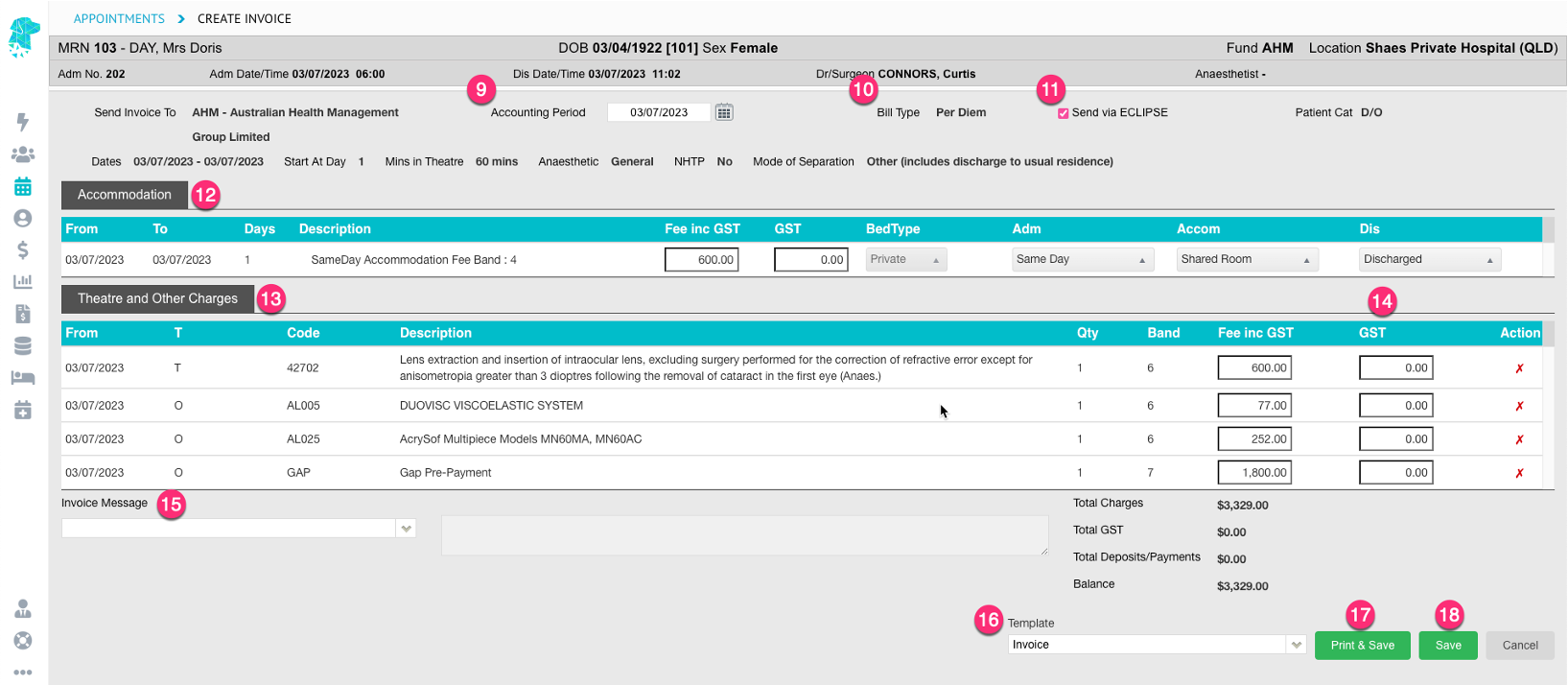
- The Accounting Period date, which the revenue will be applied to, is displayed. (The default date that is selected in this field is set in Settings > System Configuration)
- The Bill Type that has been used will be displayed
- The invoice’s ability to be transmitted via ECLIPSE will be shown with the tick box
- The Accommodation charges will be displayed
- The Theatre & Other Services Charges will be displayed
- GST will be displayed if the fees for that item have been set up to include GST. Otherwise, users are able to calculate the GST amount by Right Clicking in the GST Field
- Custom Invoice Messages are able to be added & the user is able to type the required messages. However, Invoice Message Templates can also be added in Settings > Invoice / IFC Messages so that they can easily be selected from the dropdown list
- FYDO allows for multiple Invoice Templates to be added. A default template can be set, but if another template is required, it can be selected from the Template dropdown
- Print & Save can be selected when the invoice isn’t able to be sent via ECLIPSE & the user requires a printed or PDF copy of the invoice
- Save can be selected when the invoice is able to be transmitted electronically via ECLIPSE & the user does not require a hard copy of the invoice
Once the user has selected Save for an invoice that can be transmitted electronically via ECLIPSE, they will then need to send this invoice by following the FYDO wiki instructions Claiming Hospital – Not Yet Sent


